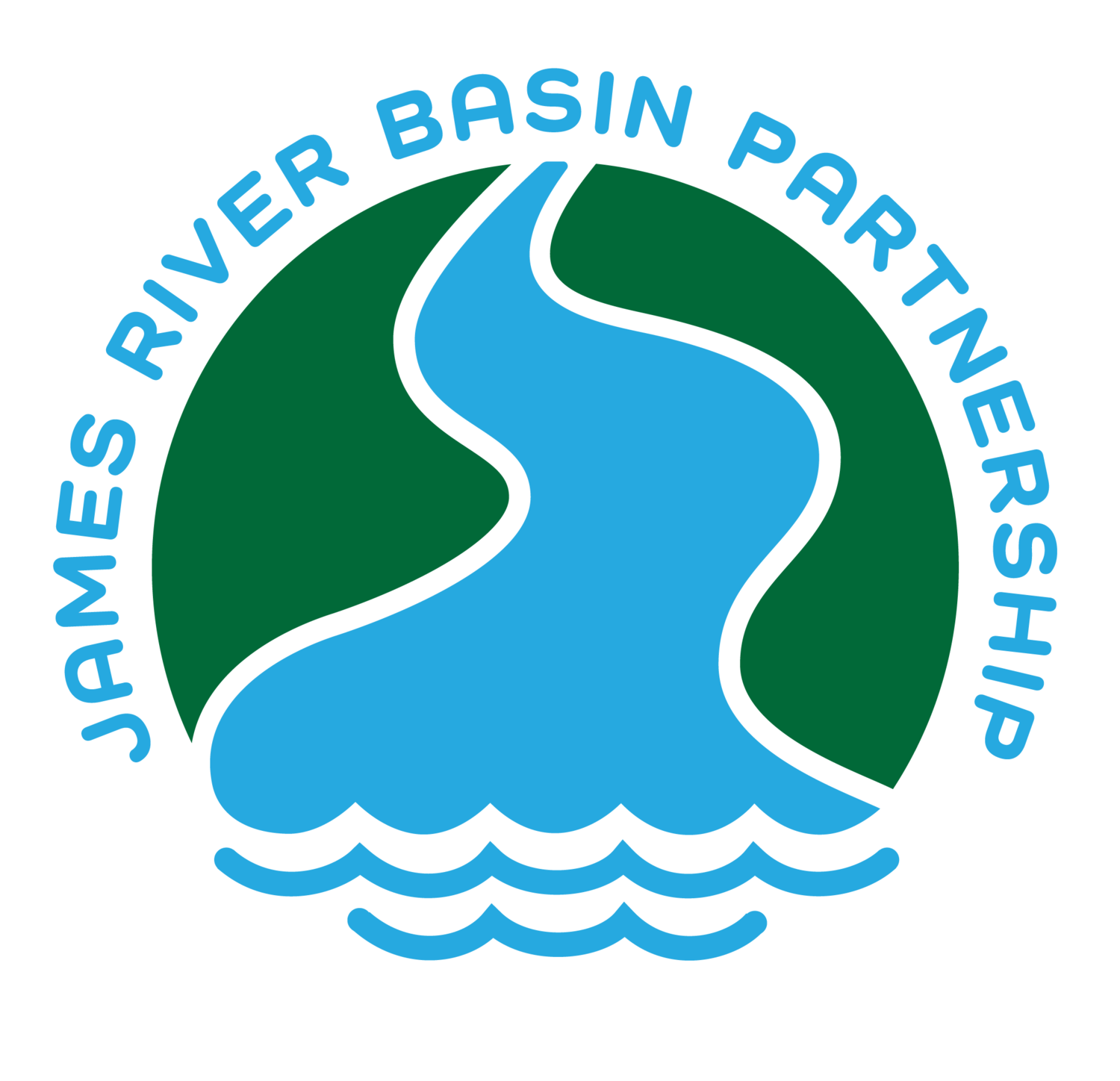“Hey guys! Watch this!”
Kayak instructor Ivan Bartha used that nondescript phrase to get our attention before executing a near-perfect shuttling maneuver out to a large boulder in the center of the Current River’s channel as a way to position his boat in an eddy. The boat almost came to a complete stop in the eddy before Bartha broke free of the current and went to execute a “C-turn” to end up back along the riverbank where the class waited in our boats. We were up next, and I thought to myself, “What am I doing here? I am nowhere near a paddler like that!”
We were part of an American Canoe Association Level 2 Essentials of River Kayaking Instructor Certification workshop that took place at Current River State Park on June 28-30. Participants came from Iowa, Illinois, Missouri and Indiana, and Bartha, an American Canoe Association Instructor with One Planet Adventures, drove down from Minnesota. Most of my classmates were volunteers with Team River Runner, a national nonprofit organization that works with wounded veterans through adaptive paddle sports. (I’m proud to say I’m now a volunteer with the organizing TRR Chapter in Springfield.) I was there as a last minute addition, as part of a joint effort by JRBP and the Watershed Committee of the Ozarks to develop eco-tourism programs as a way to introduce folks to The James and local waterways by getting them out on the rivers. I’ve said it before, but you have to “connect with what you protect”. It’s easy to read about something, be an S-turn in a kayak or the parts of a river, but you need to experience it first-hand in order to really appreciate the beauty of nature’s rhythms, or a well-executed maneuver on the water.
For three days our class immersed ourselves in paddling, but Bartha simply didn’t drill us in the various strokes we would need to know and teach to future students. Instead, he took a more holistic approach, using a “whole-part-whole” method by first demonstrating with his Chief Warrant Officer-like call for us to “watch this”, breaking down the particular maneuver and then running through it one more time before turning us loose to hone our skills. Indoor time was at a minimum – we were there to paddle after all. Our “classroom” for the week was a stretch of the Current in front of the park that the locals called “the swimmin’ hole” . For three days, we practiced everything from ferrying, and J-Leans (to right yourself and be “one with your boat”) to throw bag drills (a piece of equipment every paddler should own and be familiar with) and self-rescue techniques. The class was just as much about teaching as it was about improving technique. Just as you learn to read a river, a good instructor learns to read their students in terms of their learning styles and motivations.
We were even able to float two stretches of the Current, from Current River State Park to Round Spring, and then on our last day from Pulltite back to the park. We used our second float to practice rescue drills such as wet exits while wearing a spray skirt, and the so-called “Hand of God” maneuver where one kayaker rights a capsized comrade by grabbing ahold of the cockpit and pulling them over. As I waited my turn, I thought how the drills were similar to training that a friend of mine who is a Coast Guard Auxiliary aviator once described in his training — The SWET Chair. I’ll fully admit the stomach butterflies were out in full force, but Bartha’s calm demeanor was a great confidence booster. As we worked through the various drills, the class started to become a team, shouting words of encouragement – “You got this!” We were creating a community, something the river, be it the Current, the James or another, tends to do.
At a campfire program at lower Round Spring landing on Friday night, NPS Ranger Dave Tobey, also an ACA Instructor, told the story of the community of Round Spring – individuals of various backgrounds coming together in good times and bad to create a sense of being around a precious resource – the Current River. What once had been used as a highway for logs to be turned into railroad ties for the nation’s industrial growth was now part of the Ozark National Scenic Riverways, which attracts millions of paddlers, hikers and sight-seers to park that was set aside to ensure that our rivers continue to flow free. As Tobey waxed poetically by the light of a “box campfire”, I was struck by the fact that our class, united in a common experience, was a larger part of the Current River community, just as those of us who are involved with JRBP and other watershed organizations feel about the areas we protect. Just like Bartha, we tell the story of rivers in a “whole-part-whole” format, encouraging folks to get to know these important natural resources by immersing themselves in their waters in an effort to save them for future generations.
And in case you’re wondering, I passed the course, although I do need to get out on the river and video-tape myself doing some of those same maneuvers Bartha showed us with such ease and grace. While I’m not sure mine will look anything like his, it does give me an excuse to get out and paddle (as if I needed one!) – and to recognize how fortunate I am to be a part of the James River community.
We’ll see you on the river.
Todd
**Photos courtesy Antonio Martinez

















